The C3 Vacancy Dashboard is an interactive tool that highlights child care openings by type of program, age group, quality rating and near-real-time availability.
Note: Age group vacancy totals may not always match overall vacancy totals. The dashboard only displays records that have been provided or updated in the last 60 days.
For the best experience, please use a home computer or tablet to view the data within this dashboard.
